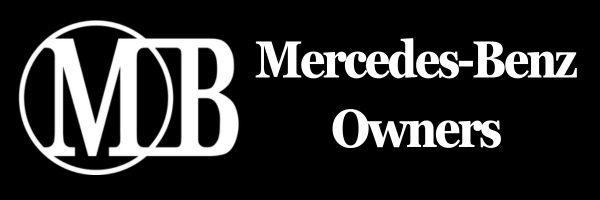mhannaford
Active Member
The cruise control on my newly purchased 500SE does
not work. I bought a Chilton's book but it has nothing
on the c.c.
Can anyone shed any light on this or have a wiring
diagram or scematic layout to help me understand
the thing.
Thanks for any advice
not work. I bought a Chilton's book but it has nothing
on the c.c.
Can anyone shed any light on this or have a wiring
diagram or scematic layout to help me understand
the thing.
Thanks for any advice

